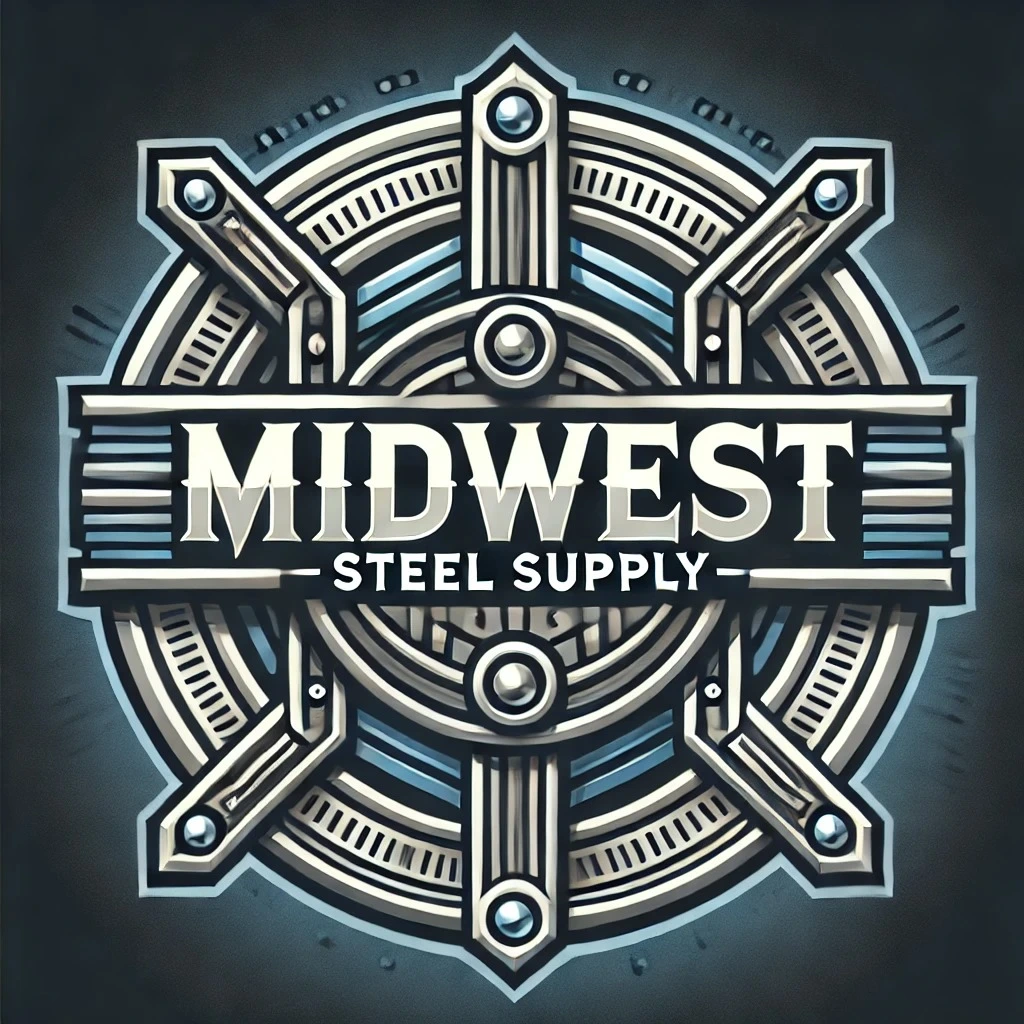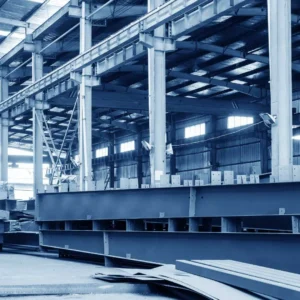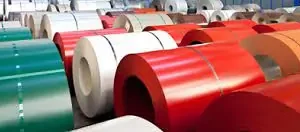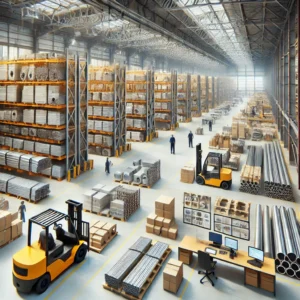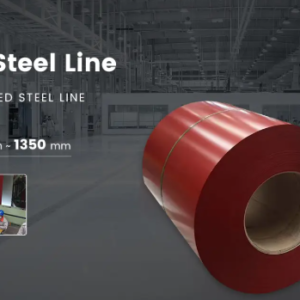Large Diameter Welded Steel Pipes: Price Per Ton and Manufacturing in Asia
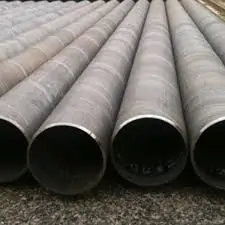
Steel pipes are the backbone of modern infrastructure, enabling the transport of water, oil, gas, and industrial fluids across vast distances. Among the many categories of steel pipes, large diameter welded steel pipes play a critical role in energy and construction projects where high capacity and strength are required. Asia has become the world’s largest production hub for these pipes, supplying both domestic and international markets.
This article explores the price per ton of large diameter welded pipes, the manufacturing process, and the key production hubs in Asia that make this sector so vital.
What Are Large Diameter Welded Steel Pipes?
Large diameter welded steel pipes are defined as pipes typically above 16 inches (400 mm) in diameter, though in practice, they can range anywhere from 24 inches up to 120 inches (3000 mm). These pipes are used in pipelines, structural frameworks, piling, and industrial applications where wide flow capacity is essential.
They are produced by rolling and welding steel plates or coils, rather than being drawn from billets (as in seamless pipes). The welding process makes them cost-effective for large diameters, where seamless production would be prohibitively expensive.
Manufacturing Methods
There are two primary methods of producing large-diameter welded steel pipes in Asia:
1. Longitudinal Submerged Arc Welding (LSAW)
-
Uses steel plates formed into a cylindrical shape.
-
A longitudinal weld runs along the pipe length.
-
Suitable for high-pressure applications such as oil and gas pipelines.
-
Produces pipes with excellent dimensional accuracy and uniform thickness.
2. Spiral Submerged Arc Welding (SSAW or HSAW)
-
Made from hot rolled coils spirally wound into a pipe shape.
-
A spiral weld seam allows for larger diameters with greater flexibility.
-
Commonly used in water transmission, piling, and lower-pressure transport pipelines.
-
Cost-efficient for producing pipes with diameters exceeding 600 mm.
Material Standards and Grades
Asian manufacturers typically produce welded steel pipes to international standards such as:
-
API 5L: For oil and gas transmission pipelines.
-
ASTM A252: For piling applications.
-
EN 10219 / EN 10210: For structural hollow sections.
-
ASTM A53 / A500: For general welded applications.
Grades vary from mild carbon steel to high-strength low-alloy (HSLA) steel, depending on project requirements.
Price Per Ton of Large Diameter Welded Pipes in Asia
The price per ton of large diameter welded steel pipes depends on material grade, diameter, wall thickness, welding method, and coating. Prices also fluctuate with raw material (hot rolled coil or plate) costs, energy prices, and global steel demand.
Typical Price Ranges (USD per ton)
-
Spiral welded pipes (SSAW):
$650 – $850 per ton for standard grades used in water and structural projects. -
Longitudinal welded pipes (LSAW):
$800 – $1,200 per ton for API 5L and similar grades used in oil, gas, and high-pressure service. -
Specialty or coated pipes (3LPE, FBE, galvanized):
Add $100 – $200 per ton depending on coating type. -
Heavy wall thickness (>25 mm):
May push prices up to $1,500 per ton or more due to increased plate costs and processing requirements.
Factors Influencing Price in Asia
-
Raw Material Costs:
Steel plates and coils form the bulk of the cost. Price fluctuations in hot rolled coils directly impact welded pipe prices. -
Diameter and Wall Thickness:
Larger and thicker pipes require more material, energy, and handling, raising per-ton prices. -
Welding Method:
LSAW pipes, offering tighter tolerances and higher strength, are generally more expensive than SSAW pipes. -
Coatings and Finishes:
Protective coatings like 3-layer polyethylene (3LPE) or fusion-bonded epoxy (FBE) add cost but extend service life. -
Order Size:
Bulk orders for large pipeline projects reduce per-ton costs compared to smaller custom runs. -
Logistics:
Large pipes require specialized transport, and inland freight costs in countries like China, India, or Vietnam can be significant.
Manufacturing Hubs in Asia
Asia dominates global welded pipe manufacturing, led by a few key countries:
China
-
The world’s largest producer of large diameter welded steel pipes.
-
Extensive capacity for both SSAW and LSAW production.
-
Supplies both domestic mega-projects and exports to Africa, the Middle East, and Europe.
India
-
Strong growth in welded pipe production for domestic infrastructure projects.
-
Increasing exports of API 5L certified LSAW pipes.
-
Major hubs in Gujarat and Maharashtra.
South Korea
-
Known for high-quality LSAW pipes, particularly for offshore and oil & gas applications.
-
Advanced manufacturing and inspection standards.
Vietnam
-
Emerging producer with competitive pricing for SSAW pipes.
-
Supplies Southeast Asian markets and increasingly exports globally.
Japan
-
Produces high-quality welded pipes with advanced metallurgy.
-
Focused on precision applications where dimensional accuracy is critical.
Applications in Asia
Large diameter welded pipes are used extensively across Asia’s expanding infrastructure and energy networks. Key applications include:
-
Oil and Gas Pipelines: Transporting crude oil, natural gas, and refined products.
-
Water Transmission: Municipal water supply and irrigation networks.
-
Structural Applications: Piling foundations, bridge supports, and offshore structures.
-
Industrial Infrastructure: Conveying slurry, chemicals, and process fluids.
-
Renewable Energy Projects: Foundations for offshore wind farms and solar plant structures.
Quality and Testing Standards
Asian manufacturers follow strict testing protocols to ensure product integrity:
-
Hydrostatic Testing: To verify pressure resistance.
-
Ultrasonic and Radiographic Testing: To check weld seam quality.
-
Charpy Impact Testing: To evaluate toughness, especially for low-temperature service.
-
Coating Inspections: Ensuring proper adhesion and thickness of protective coatings.
Future Outlook
The demand for large diameter welded steel pipes in Asia is expected to remain strong, driven by:
-
Expansion of oil and gas pipeline networks in China, India, and Southeast Asia.
-
Investments in water transmission infrastructure as urban populations grow.
-
Rapid development of renewable energy projects, requiring offshore foundations.
-
Increased exports from Asia to Africa, the Middle East, and Europe, as buyers seek cost-effective yet certified products.
Sustainability is also influencing production, with more manufacturers adopting energy-efficient processes and recycling scrap steel into new pipe production.
Conclusion
Large diameter welded steel pipes are a cornerstone of modern infrastructure, and Asia stands as the global leader in their production. Prices typically range from $650 per ton for spiral welded pipes to over $1,200 per ton for high-quality LSAW pipes, with coatings and wall thickness driving costs higher.
With strong manufacturing hubs in China, South Korea, and, it is positioned to continue supplying both domestic mega-projects and international pipeline needs. Buyers in the region and beyond benefit from competitive pricing, diverse manufacturing capabilities, and adherence to international standards, ensuring that large diameter welded steel pipes will remain indispensable for decades to come.
